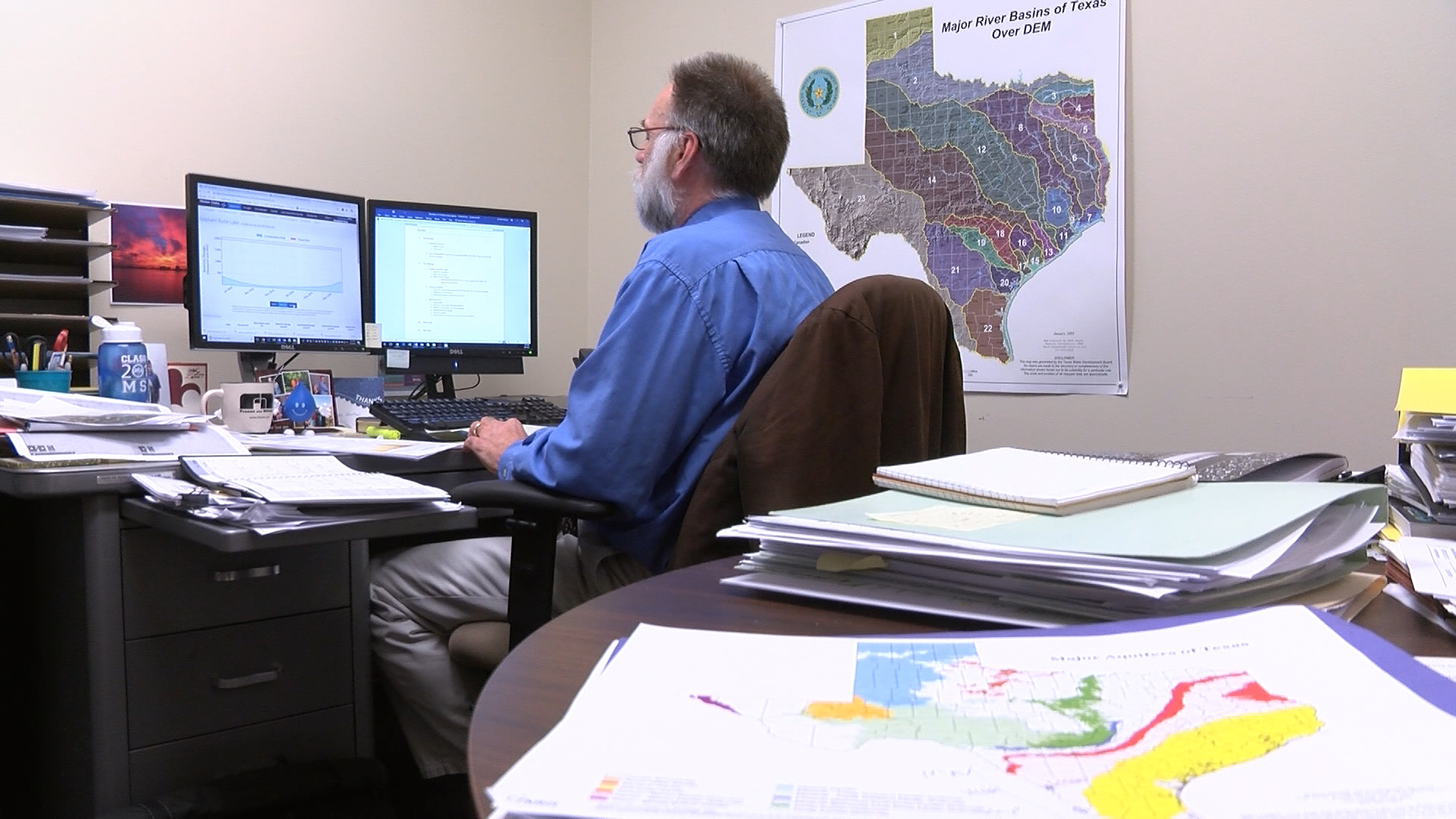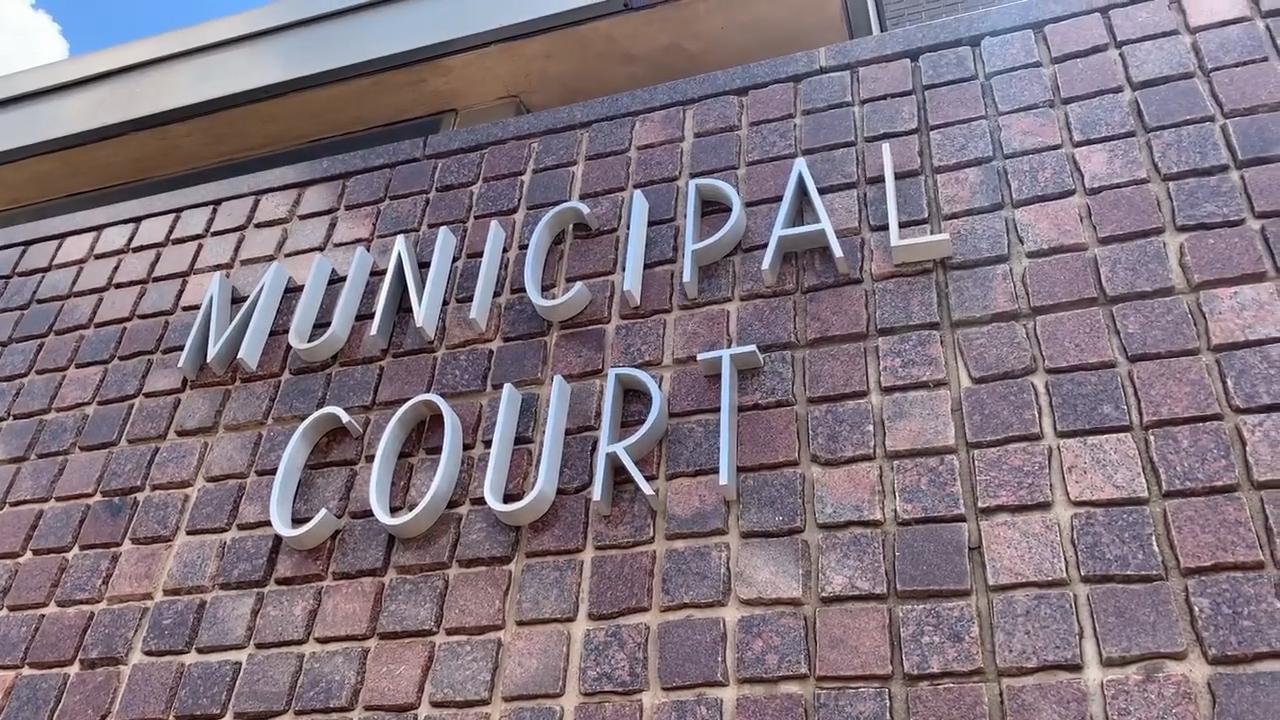AUSTIN (Nexstar) — Frank McLelland has one eye on the sky, and another on his cattle. Amid predictions Texas could go drought-free this summer, ranchers are cautiously optimistic they won’t have to worry about Mother Nature’s role in their business operations.
McLelland, who runs a few hundred cattle on land a few miles outside the West Texas town of Tahoka, is grateful for the rain.
“The amount is important but the timeliness is also very important,” he said. “It’s been green for about over 60 days now. Most of the time we have to plan for it not raining by not stocking real heavy and this year we’ve got more grass than we do cattle and that’s a good thing.”
According to data from the Texas Water Development Board (TWDB), the state is essentially drought-free. June 2018 started with 41% of the state experiencing drought conditions.
“Pretty unusual to have drought nowhere in the state,” TWDB hydrologist Dr. Mark Wentzel said.
Only .2% of Texas is experiencing drought-conditions, as Zavala County has some areas of drought, according to Wentzel.
“Long-term, the trend looks looks pretty good for us through August and we’ll see what happens from there,” Wentzel added.

McLelland said during the period of extreme drought from 2011-2014, high temperatures coupled with low rain totals pinched the product, and therefore his bottom line. He was forced to sell some of his cattle.
“As we built our numbers back up we’ve been pretty cautious,” he said.
He said just like tariffs or changes in the market, weather is just one factor that is out of the control of cattlemen.
“When you raise a commodity whether it’s cows or cotton or peanuts you’re kind of at the mercy of government rules, weather and markets,” he explained.
“We’re blessed enough to live here on this place and take care of resources, land, grass, cattle, and we think we use them to the best of our ability— the best to our advantage,” McLelland said.
Just because it rains, doesn’t mean Texas is in the clear

For regional water supplies, Wentzel explained the water needs to fall where the supply is replenished, and not necessarily above where you live. During Hurricane Harvey, much of the rain that fell on Corpus Christi did not land where the region’s water supply is sourced, so the area did not reap the benefits of the historic rainfall.
“If it doesn’t fall in the right spots, it doesn’t help you,” Wentzel said. “The next drought in Texas starts as soon as the rain stops. It’s always important to be mindful of water conservation and keeping track of what is in our reservoirs and managing appropriately.”
Photojournalist Pedro Figueroa and producer Faysal Aalen contributed to this report.



























